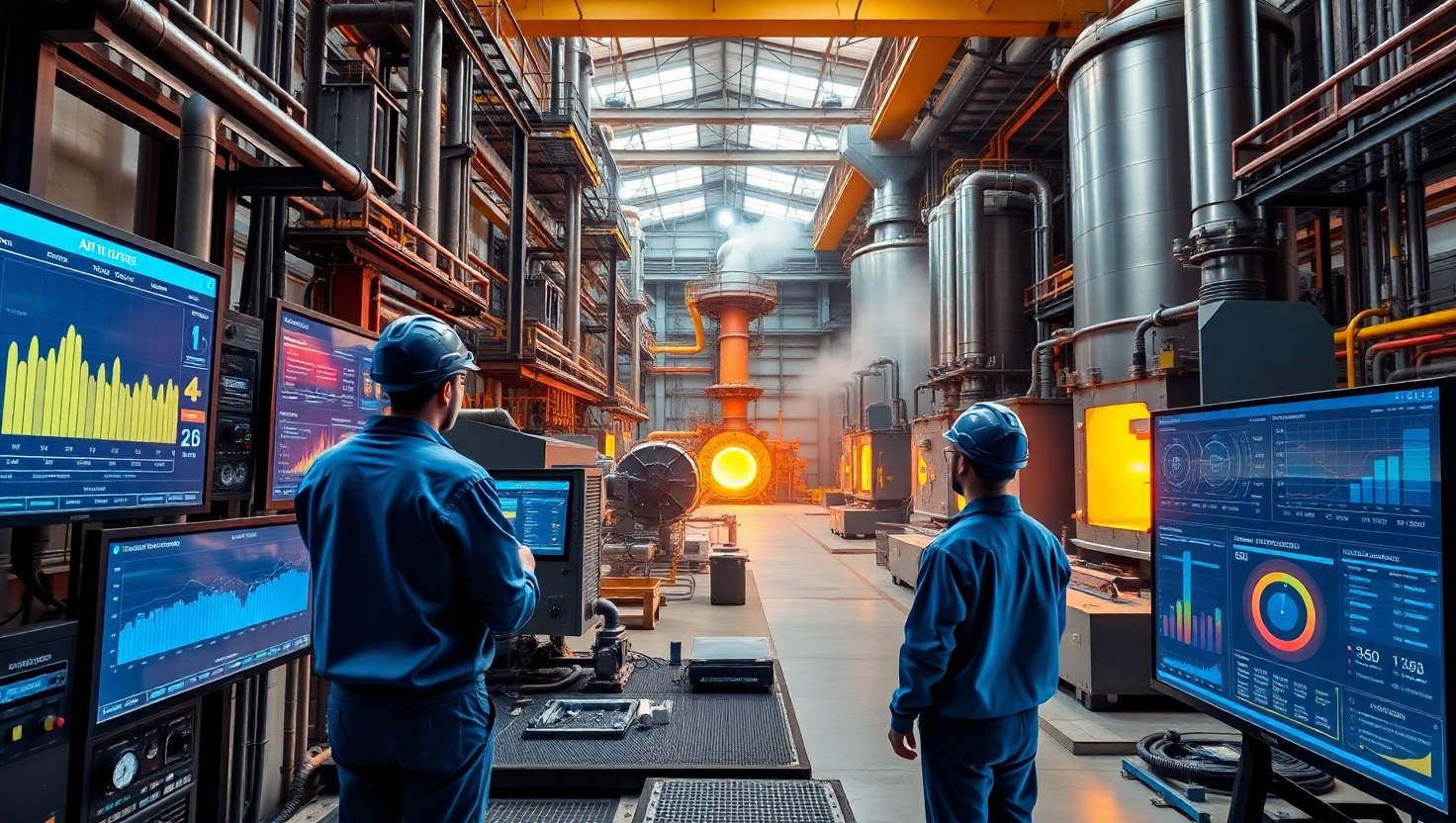Can AI Optimize Energy Usage in Aluminium Smelting?
Published by: ALUTimes | Date: July 18, 2025
Table of Contents
- Introduction
- Energy Challenges in Aluminium Smelting
- The Role of AI in Energy Optimization
- IoT Sensors and Data Collection
- AI-Based Scheduling Algorithms
- Case Studies of AI Implementation
- Benefits of AI-Driven Energy Management
- Implementation Challenges
- Conclusion
- Disclaimer
Introduction
Aluminium smelting is one of the most energy-intensive industrial processes. With the global push toward energy efficiency and sustainability, aluminium manufacturers are exploring innovative technologies. Artificial Intelligence (AI) and the Internet of Things (IoT) are proving to be game changers by enabling real-time energy optimization. This article explores how AI is transforming energy usage in aluminium smelting operations.
Energy Challenges in Aluminium Smelting
Aluminium production consumes up to 15 kWh of electricity per kilogram of aluminium. Some common challenges include:
- Fluctuating electricity costs
- Inconsistent power supply
- Inefficient scheduling of high-energy processes
- Lack of real-time energy usage visibility
The Role of AI in Energy Optimization
AI uses machine learning models to predict and optimize energy consumption based on plant operations. It helps:
- Predict peak electricity demands
- Optimize smelting pot operations
- Automate power-intensive process scheduling
- Balance grid load to avoid penalties
IoT Sensors and Data Collection
IoT sensors gather data from multiple units like:
- Electrolysis cells
- Heat exchangers
- Transformers and rectifiers
- Cooling towers
These data points help AI models detect inefficiencies and guide real-time decisions to save power.
AI-Based Scheduling Algorithms
AI systems use scheduling models to plan energy use during low-tariff periods. Features include:
- Load forecasting and optimization
- Dynamic switching of operations
- Coordination with grid-level energy usage
- Preventing overloads and downtimes
Case Studies of AI Implementation
Vedanta Aluminium: Reduced energy usage by 11% after deploying AI energy dashboards and scheduling systems.
Hindalco: Integrated IoT sensors and AI controls, achieving a 9% energy efficiency gain.
Emirates Global Aluminium (EGA): AI reduced potline energy consumption by 13%, resulting in major cost savings.
Benefits of AI-Driven Energy Management
- Lower electricity bills by 10–20%
- Improved carbon footprint tracking
- Stable process temperature control
- Increased potline stability and lifespan
- Better grid compliance and load management
Implementation Challenges
- Initial hardware investment in IoT infrastructure
- Integration with legacy smelting equipment
- Need for skilled operators to manage AI systems
- Cybersecurity and data privacy risks
Conclusion
AI-enabled energy optimization offers aluminium smelters an efficient, cost-effective, and environmentally sustainable future. Companies adopting AI and IoT can lead the industry by enhancing productivity while reducing energy costs and emissions. As AI adoption increases, it will play a central role in reshaping how aluminium is made in 2025 and beyond.
Disclaimer
This article is for educational purposes only. Please consult technical experts and technology vendors for project-specific implementations.

